Filter News
Area of Research
- (-) Supercomputing (17)
- Advanced Manufacturing (4)
- Biological Systems (2)
- Biology and Environment (7)
- Clean Energy (41)
- Climate and Environmental Systems (1)
- Data (1)
- Fossil Energy (1)
- Isotope Development and Production (1)
- Materials (21)
- Neutron Science (17)
- Nuclear Science and Technology (6)
- Sensors and Controls (1)
- Transportation Systems (1)
Media Contacts

Electric utilities seeking to enhance worker safety and system reliability by using drones to inspect their transmission systems can look to a new report by Oak Ridge National Laboratory researchers to help guide their efforts. The report by ORNL’s Unmanned Aerial Systems Research Ce...
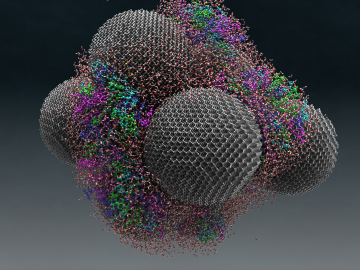
It’s not enough to design new drugs. For drugs to be effective, they have to be delivered safely and intact to affected areas of the body. And drug delivery, much like drug design, is an immensely complex task.
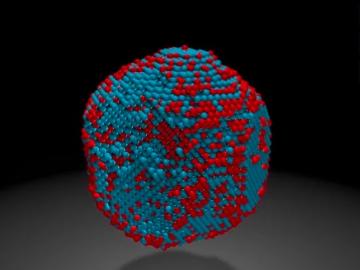
Barely wider than a strand of human DNA, magnetic nanoparticles—such as those made from iron and platinum atoms—are promising materials for next-generation recording and storage devices like hard drives. Building these devices from nanoparticles should increase storage capaci...
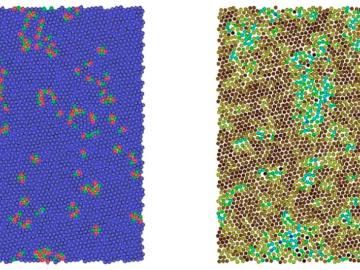
Snow falls in winter and melts in spring, but what drives the phase change in between?
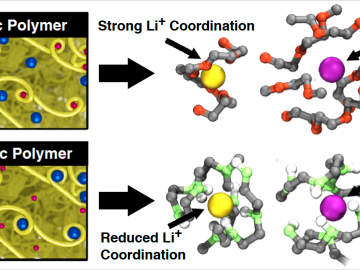
Ever since Italian physicist Alessandro Volta invented the first battery out of a stack of copper and zinc disks separated by moistened cardboard, scientists have been searching for better battery materials.

Supercomputers like Oak Ridge National Laboratory’s Titan are advancing science at a frenetic pace and helping researchers make sense of data that could have easily been missed, says Ramakrishnan “Ramki” Kannan. Kannan, a computer scientist who came to ORNL in March 2016 after ...
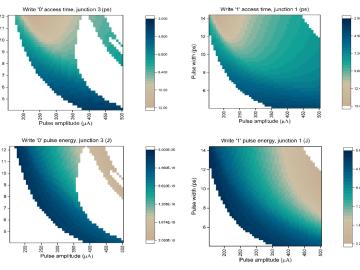
Scientists at Oak Ridge National Laboratory have proposed a novel cryogenic, or low-temperature, memory cell circuit design that may resolve a memory storage bottleneck, accelerating the pathway to exascale and quantum computing. The proposed design converges write, read and reset ...




